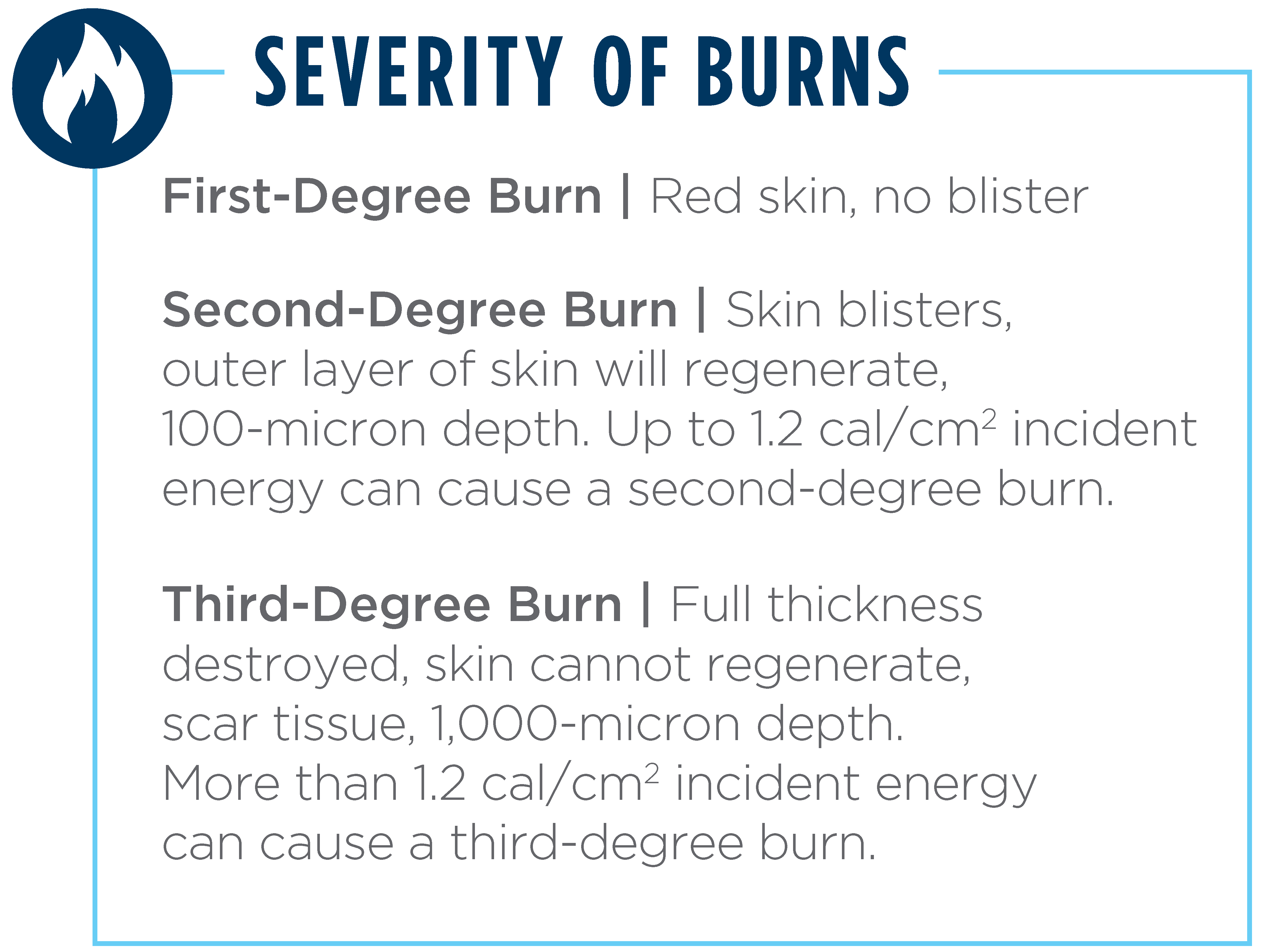IEEE-1584 does not support a high-voltage arc-flash study. IEEE has not yet performed enough research, modeling, testing and analysis to develop a study for high-voltage arc-flash incidents.
As a guide, substation clearances for high-voltage equipment typically cover the safe movement of workers without tools inside the substation. However, using tools may lower the clearance and create an arc-flash hazard. Medium voltage live works have been increased recently for operation and maintenance. Switching operation, fuse disconnect of a station service voltage transformer (SSVT), and insulator or pole change now require assessing the arc-flash level at different medium-voltage substations or lines.
Because medium- and high-voltage arc-flash studies are not yet required, a standardized method for evaluation and assessment has not been defined. Several analytical options are available.
While both IEEE-1584 and NFPA-70E Annex D discuss the Ralph Lee method, neither standard recommends using this method to calculate arc-flash incident energy. NFPA-70E states that the Lee method is very conservative in calculating incident energy for electrical installation over 600 V and becomes more conservative as the voltage increases.
Based on a paper published by IEEE in 1987, the Lee method can be applied to a three-phase system in open-air substations over 15-kV with a gap between conductors of more than 10 inches. This method is based on the theoretical behavior of the arcs. The Lee method has not been verified by measurement or tests. Also, the arc voltage is extremely large at medium voltages and gives high incident energy.
OSHA 1910.269 provides examples of the specific method that can be used to calculate high-voltage arc-flash incident energy reasonably using the Lee method and ArcPro software developed for high-voltage incident energy. The software, however, is not stand-alone power system software and needs short-circuit currents at the location of the arc-flash incident.
The Terzija/Koglin method was developed from a paper, “Long Arc in Free Air: Laboratory Testing, Modelling, Simulation and Model-Parameters Estimation.” A supporting study derives the main features of a long arc initiated under laboratory conditions at the FGH-Mannheim high-power test laboratory in Germany. The experiment aimed to model long arcs in free air in the simplest possible way, while still retaining the arcs’ dominant features.
The Electric Power Research Institute (EPRI) performed comprehensive tests and experiments for a high-voltage arc-flash study and, as a result of these experiments, developed empirical equations. The formula developed provides a method to calculate incident energy and can be effectively used to determine the heat flux and incident energy for open-air, line-to-ground arc faults in overhead power distribution and transmission systems. Incident energy calculations for open-air conditions were mainly designed for line-to-ground faults between 1- and 800-kV and commercial software extended the results to line-to-line and three-phase faults.
While commercial power system software uses all these methods, there is no direct answer to which method is good or better. However, study engineers can find the worst-case result by using sensitivity analysis. Sensitivity analysis can be performed to see how the incident energy varies for different methods with various other parameters such as varying voltage regulation plus or minus 10%, arc-gap distance, approach distance, fault current and fault clearing time. Also, for a high-voltage arc-flash study, study engineers should better understand medium- or high-voltage protective schemes, relay settings and coordination at the local and remote end of any substation.


